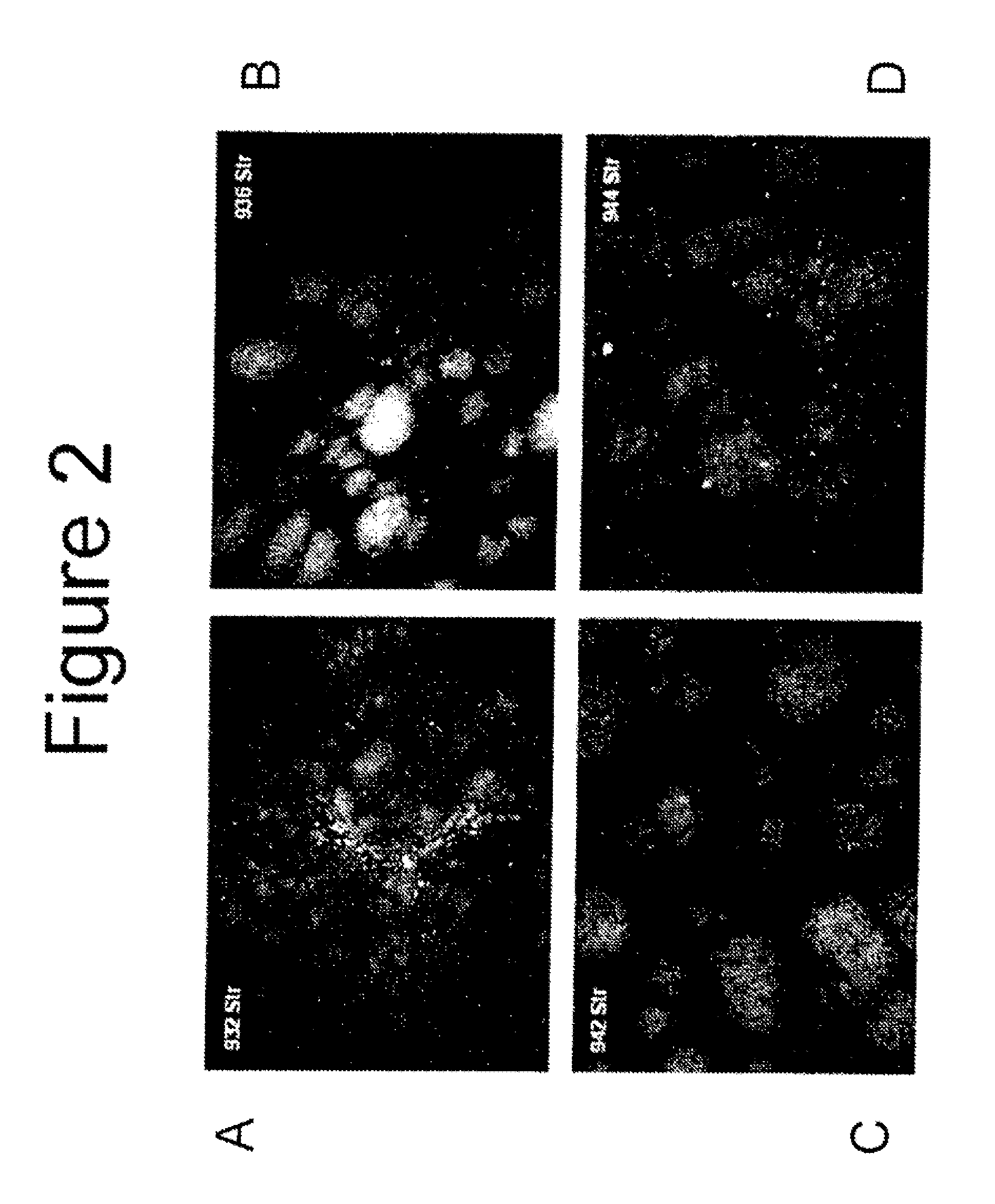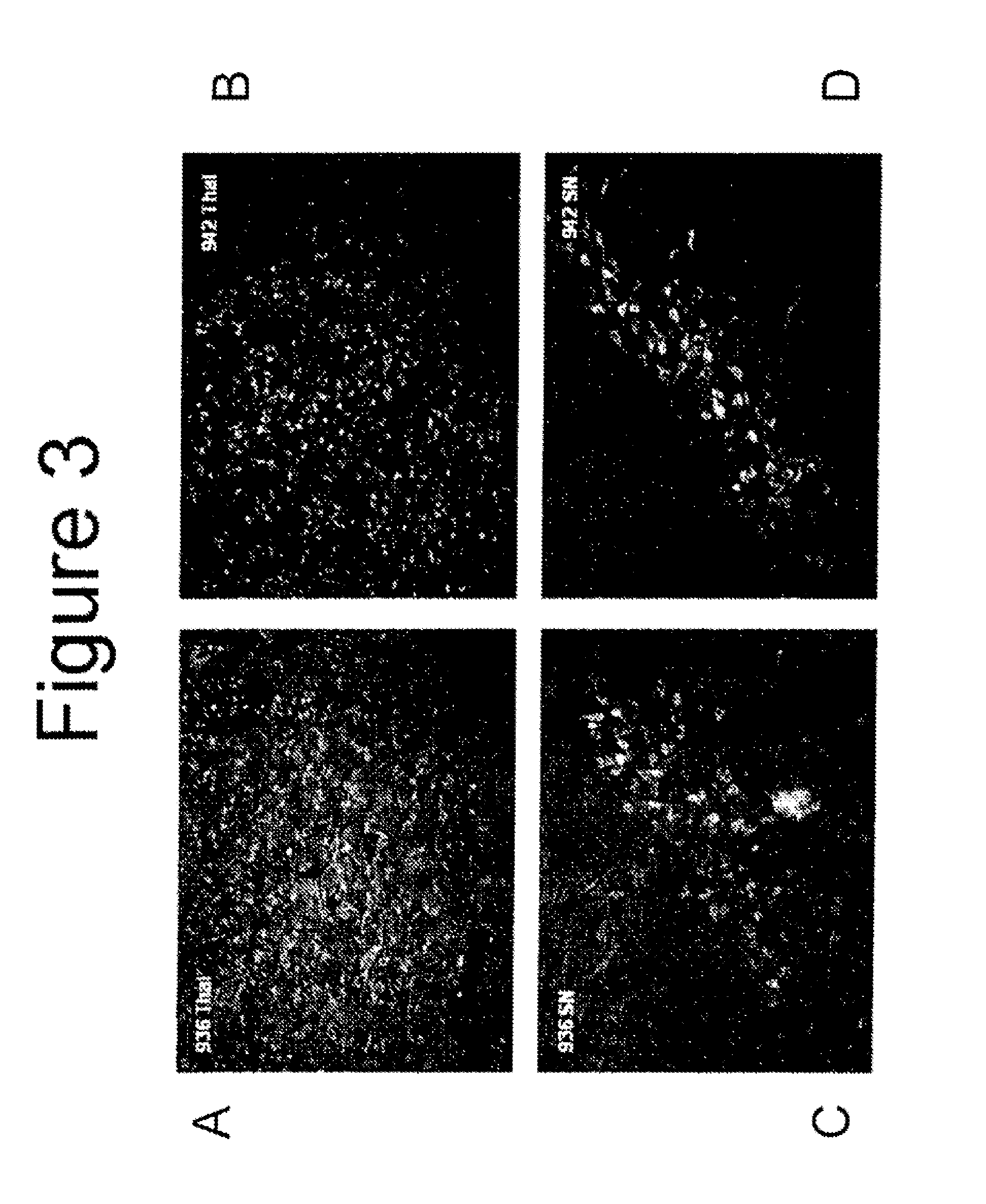Retrograde transport of sirna and therapeutic uses to treat neurologic disorders
a technology of neurologic disorders and sirna, which is applied in the direction of biochemistry apparatus and processes, fermentation, and material ingredients, etc., can solve the problems of ineffective treatment of hd, limited distribution of any agent injected into the parenchyma, especially large molecules, and inability to achieve multiple injections into the brain. , to achieve the effect of improving the therapeutic involvement of the respectiv
- Summary
- Abstract
- Description
- Claims
- Application Information
AI Technical Summary
Benefits of technology
Problems solved by technology
Method used
Image
Examples
examples
[0052]Animal surgery and dosing of test articles (Charles River Study VSX00021) was performed by Charles River Laboratory in accordance with their Standard Operating Protocol. All surgeries were done under aseptic conditions. The surgical site was prepared for aseptic surgery by wiping the area with Betadyne® (10% povidone iodine; Purdue Frederick Company, Stamford, Conn.) scrub solution to remove all detritus, followed by wiping the area with sponges soaked in 70% isopropyl alcohol which were allowed to dry. Eighteen (18) male Sprague Dawley rats with body weights of approximately 350 grams each were surgically and stereotaxic implanted with unilateral intrastriatal cannulas (stereotaxic coordinates were Anteroposterior: +1.0 mm, Mediolateral relative to bregma: 2.5 mm and Dorsoventral: 5 mm) under anesthesia and aseptic conditions. Each rat received an intraperitoneal (IP) injection of ketamine (87 mg / kg) and xylazine (13 mg / kg) for anesthesia. Prior to full recovery from anesthes...
PUM
| Property | Measurement | Unit |
|---|---|---|
| distance | aaaaa | aaaaa |
| distances | aaaaa | aaaaa |
| distance | aaaaa | aaaaa |
Abstract
Description
Claims
Application Information
 Login to View More
Login to View More - R&D
- Intellectual Property
- Life Sciences
- Materials
- Tech Scout
- Unparalleled Data Quality
- Higher Quality Content
- 60% Fewer Hallucinations
Browse by: Latest US Patents, China's latest patents, Technical Efficacy Thesaurus, Application Domain, Technology Topic, Popular Technical Reports.
© 2025 PatSnap. All rights reserved.Legal|Privacy policy|Modern Slavery Act Transparency Statement|Sitemap|About US| Contact US: help@patsnap.com



